India OCI
- Why in News: The Indian government cancelled the Overseas Citizen of India (OCI) registration of British academic Nitasha Kaul, citing her involvement in alleged “anti-India activities” through her writings, speeches, and journalistic work. She is challenging this legally.
- What OCI is: Introduced in 2005 via an amendment to the Citizenship Act, 1955, the OCI scheme allows foreign citizens of Indian origin (except Pakistan and Bangladesh) to live, work, and travel freely in India. The PIO and OCI categories were merged in 2015. It does not grant dual citizenship.
- Eligibility: Generally, foreign nationals who were Indian citizens on/after Jan 26, 1950, or eligible then, or belong to territories that joined India after Aug 15, 1947, and their descendants, or foreign spouses of Indian citizens/OCI cardholders (after 2 years of marriage). Foreign military personnel are ineligible.
- Benefits: OCI cardholders receive a multiple-entry, multi-purpose lifelong visa for India. They have parity with NRIs in financial, economic, and educational fields (but cannot buy agricultural/plantation land or adopt Indian children internationally). They can be eligible for Indian citizenship after 5 years as OCI and 1 year of residence in the last 5 years. They can join the NPS.
- Limitations: OCI is not dual citizenship. Cardholders cannot vote, hold constitutional posts (President, VP, Supreme/High Court Judge), be members of Parliament or State Legislatures, or hold regular government jobs unless specifically permitted. Special permission is needed for research, missionary, mountaineering, journalistic activities, or visiting Restricted/Protected areas.
- Cancellations: Governed by Section 7D of the Citizenship Act, 1955. Grounds include fraud, misrepresentation, indulging in “anti-India acts,” or violating Citizenship Act conditions.
- The Specific Case: Nitasha Kaul’s OCI was cancelled for allegedly targeting India and its institutions on sovereignty matters through her activities at international forums and social media. She states her reply to the show-cause notice was not found satisfactory and that she is being targeted, denying she is anti-India. She was previously denied entry to India in February 2024.
7 Summits
- Hyderabad teenager Vishwanath Karthikey Padakanti became the youngest Indian and second youngest person globally to complete the Seven Summits challenge.
- He completed the challenge by summiting Mount Everest (8,848 m) on May 27 at the age of 16.
- The Seven Summits challenge involves climbing the highest peak on each of the seven continents.
- The seven peaks he summited include Everest (Asia), Elbrus (Europe), Aconcagua (South America), Denali (North America), Kilimanjaro (Africa), Mount Vinson (Antarctica), and Kosciuszko (Australia).
- His journey began during the COVID-19 pandemic in 2020, inspired by his elder sister.
- He trained at the Nehru Institute of Mountaineering and overcame initial setbacks on treks and his first attempt at Elbrus.
- Mentorship and strong family support were crucial to his success.
- The challenge was first proposed and completed by Richard Bass in 1985, with two variations (Bass list including Kosciuszko and Messner list including Puncak Jaya) regarding the highest peak in Oceania/Australia.
Academy of Medical Sciences
- National Academy of Medical Sciences (NAMS) is in the news for its latest report highlighting critical gaps in cancer care in India, particularly the lack of adequate diagnostic services.
- NAMS functions as an apex body and advisor to the Government of India on National Health Policy and Planning.
- The ‘NAMS Task Force Report on Breast Cancer in India’ states that India records nearly 200,000 new cancer cases each year and ranks third globally in cases.
- The report notes that breast cancer is the most common malignancy among women in India and a leading cause of related deaths.
- Patients in India often present with later-stage disease (over 60% at Stage 3 or 4) compared to Western countries (around 60% at Stage 0 or 1).
- More than 50% of Indian patients delay seeking medical care for over three months.
- Lower survival rates for breast cancer in India are attributed to late-stage presentation, delayed treatment initiation, and inadequate/fragmented treatment.
- The projected cancer burden in India is estimated to reach 2.08 million by 2040, a 57.5% increase from 2020.
- NAMS emphasizes the urgent need for a comprehensive approach to manage breast cancer, addressing gaps in diagnostics, treatment, and awareness.
- The report also acknowledges advancements like over 1.63 lakh Ayushman Arogya Mandir centres conducting breast cancer screenings.
- NAMS was originally registered as the ‘Indian Academy of Medical Sciences’ in 1961 and renamed NAMS in 1976.
Hammarskjöld Medal
- Two Indian peacekeepers, Brigadier General Amitabh Jha and Havildar Sanjay Singh, are being honoured posthumously with the Dag Hammarskjöld Medal this year (2025), which is news because it recognizes their ultimate sacrifice while serving under the U.N. flag.
- The Dag Hammarskjöld Medal is the highest honour awarded to UN peacekeepers, highlighting its significance as a recognition given posthumously to members who lost their lives during their service with a peacekeeping operation.
- It is awarded annually on May 29, coinciding with the International Day of U.N. Peacekeepers, signifying its role as a central part of the commemoration to pay tribute to fallen peacekeepers.
- Established in 1997, it is named after the second UN Secretary-General, Dag Hammarskjöld, who died during a peace mission, linking the award directly to the history and inherent dangers of UN peacekeeping.
- This year, a total of 57 peacekeepers will receive the medal, including the two from India, emphasizing the global nature of peacekeeping sacrifices being recognized.
Pedicularis rajeshiana
- A new plant species, Pedicularis rajeshiana, has been discovered in the high-altitude (4,390m) Rohtang Pass region of the western Himalayas, India.
- The species was classified by scientist Arti Garg, named after her husband Rajesh, and its discovery published in the journal Phytotaxa.
- It belongs to the group known as “Louseworts” and is hemiparasitic, meaning it obtains some nutrients from other plants.
- Key distinguishing features include unique floral characteristics, pollen structure, a deeply-cut lower lip, and stamens positioned at different levels.
- Twin “galea” (hood-like parts) were observed in two flowers, a trait not previously seen in this genus, potentially an adaptation for pollination.
- The plant grows in small, scattered patches on shaded rocky slopes and specific microhabitats, indicating it is rare and potentially endangered.
- Its discovery adds to India’s rich biodiversity, particularly in the western Himalayas (now 37 known Pedicularis species), and underscores the ecological importance of these high-altitude regions.
- The finding occurred during a plant survey conducted under the Ministry of Environment, Forest and Climate Change and the Botanical Survey of India as part of the “Flora of India” project.
- Conservation efforts are considered important to protect this newly discovered rare species.

Stingless Bees
- A new study reveals stingless bees significantly increase crop yield and quality.
- Why: This is crucial for agriculture, as these bees improve pollination efficiency, leading to more fruit set and heavier seeds (indicating better viability) in crops like chilli, cucumber, tomato, and others.
- Specific species (like Tetragonula iridipennis and Lepidotrigona arcifera) were identified as highly effective pollinators.
- Why: Identifying efficient species helps target their use for maximum agricultural benefit.
- Stingless bees offer pollination without the risk of stinging.
- Why: This makes them practical and safe pollinators for farmers.
- They produce valuable medicinal honey in addition to their pollination services.
- Why: This provides farmers with an extra income source alongside improved crop production.
- Their pollination potential allows for creating crop pollination calendars.
- Why: This helps coordinate pollination efforts for the benefit of farmers and other stakeholders.
- Research is ongoing to improve rearing techniques and promote scientific beekeeping.
- Why: Better techniques help minimise losses and ensure quality honey production and pollination services, supporting both income and conservation.
DoP Digital Launch
- The Department of Posts launched two digital platforms: ‘Know Your DIGIPIN’ and ‘Know Your PIN Code’. Why: To modernise India’s address system and geospatial governance under the National Geospatial Policy 2022.
- ‘Know Your DIGIPIN’ introduces a Digital Postal Index Number (DIGIPIN). Why: It’s an open-source, geo-coded system linking addresses to precise latitude/longitude coordinates, enabling accurate location identification (‘Address-as-a-Service’), enhancing logistics, emergency response, and digital access in remote areas.
- ‘Know Your PIN Code’ digitises the boundaries of over 1.5 lakh PIN Codes using geo-fencing and uses real-time location (GNSS). Why: Improves the accuracy of the traditional PIN Code system for delivery networks, emergency services, and postal logistics, supporting e-commerce and rural connectivity.
- Both platforms are available to citizens, institutions, and developers. Why: To act as critical Digital Public Infrastructure, support digital governance and public service delivery, make citizens digitally locatable, and allow for continuous data improvement via public feedback.
- Technical data like DIGIPIN source code and geo-fenced PIN Code boundaries are made open. Why: To promote collaboration, nationwide adoption, and facilitate GIS-based service delivery integration across various sectors.
Modified Interest Subvention
- Union Cabinet approved the continuation of the Modified Interest Subvention Scheme (MISS) component for the financial year 2025-26. This is key news as it ensures ongoing government support for affordable credit access to farmers.
- MISS is a Central Sector Scheme providing short-term credit to farmers through Kisan Credit Cards (KCC) at affordable rates. This highlights its national scope and purpose of easing financial burden on farmers.
- Under the scheme, farmers receive loans up to Rs. 3 lakh at 7% interest. A 1.5% interest subvention is provided to lending institutions, and farmers get an additional 3% Prompt Repayment Incentive, effectively reducing the interest rate to 4%. This mechanism makes credit significantly cheaper for farmers.
- For loans exclusively for animal husbandry or fisheries, the interest benefit is applicable up to Rs. 2 lakh. This provides targeted support for allied agricultural activities.
- No changes were proposed in the scheme’s structure or components, indicating policy stability.
- The scheme is implemented and monitored by RBI and NABARD through various banks, ensuring wide reach across rural and semi-urban areas.
- It is vital for sustaining the flow of institutional credit to agriculture, crucial for productivity and financial inclusion of small and marginal farmers, as demonstrated by significant increases in KCC and overall agricultural credit flow.
- Digital reforms like the Kisan Rin Portal enhance transparency and efficiency in claim processing, improving scheme delivery.
- Retaining the 1.5% interest subvention is essential to support rural and cooperative banks and ensure farmers continue to receive low-cost credit, given current lending costs.
- The decision reinforces the government’s commitment to supporting farmers’ income and boosting agricultural growth through timely, affordable credit.
Smart Satellites
- Why in News: The rise of AI-powered autonomous satellites is highlighting significant gaps in global space governance, raising concerns about legal liability, ethics, and geopolitical risks as satellites gain independent decision-making capabilities.
- What they are: Satellites leveraging AI for minimal or no human intervention, using algorithms for real-time data analysis, decision-making, and task execution in space.
- Key Features: Onboard data processing saving bandwidth and energy; swarm intelligence allowing collective learning; automated operations including self-diagnosis and repair; strategic defense applications like multi-layered surveillance; collision avoidance; combat support with real-time threat detection and tracking.
- Advancements: India plans 50 AI satellites for exploration/security; ISRO used AI in Chandrayaan-3’s Pragyaan rover; China building a space-based supercomputer constellation with AI for in-orbit processing.
- Emerging Risks: Legal ambiguity regarding liability for AI-caused incidents (developer, state, operator?); AI hallucinations/misjudgments leading to diplomatic/military conflicts; dual-use/weaponization risks potentially escalating an arms race; increased collision risk and orbital debris (Kessler Syndrome) without coordinated protocols; lack of human oversight challenging existing treaties; gaps in global certification/standards for AI safety in space; ethical dilemmas surrounding AI supporting lethal autonomous weapons systems (LAWS) and decision-making without a moral compass; existing space laws lack clear provisions for AI autonomy.
- Roadmap for Governance: Developing global AI certification/testing standards (like ISO, COPUOS) with rigorous testing and decision logging; creating liability and insurance frameworks (inspired by maritime/aviation) for streamlined compensation; updating international space law (Outer Space Treaty, Liability Convention) through amendments or new protocols under COPUOS to address AI autonomy and clarify liability; ensuring meaningful human control; promoting international cooperation.
- Conclusion: Space is becoming an algorithmically governed domain; autonomous satellites require urgent, modern legal frameworks to ensure stability, balancing innovation with precaution and sovereignty with shared stewardship.

INTERPOL Silver Notice
- INTERPOL Silver Notice is a new system launched in 2025.
- Purpose: To help trace and recover criminal assets and enhance international police cooperation.
- Status: Currently in a pilot phase until November 2025, involving 51 countries.
- Why in news: India has successfully leveraged this system.
- Key event: The first-ever Silver Notice was issued on India’s request to track global assets.
- Specific case: This notice was issued for Shubham Shokeen, a former French Embassy officer wanted in a visa fraud case.
- India’s mechanism: The Central Bureau of Investigation (CBI) is India’s nodal agency for INTERPOL, using BHARATPOL for data access.
- Context: Silver Notice is one of INTERPOL’s nine colour-coded notices used for international police cooperation among member countries.
Meghalaya cave fish
- A new species of cave-adapted fish, Schistura densiclava, was discovered in Krem Mawjymbuin cave in Meghalaya’s East Khasi Hills.
- It is a troglophile species, capable of living both underground and aboveground, which is noteworthy as it retains pigmentation and eyesight unlike many other cave-dwelling fish.
- Found in a cool, fast-flowing stream 60 meters inside the cave, its distribution seems limited to this specific cave system, suggesting it is endemic.
- The discovery adds to Meghalaya’s known biodiversity, being the 6th cave fish species recorded from the state.
- Described by a team of zoologists led by Gauhati University, the finding was confirmed genetically and published in a peer-reviewed journal.
- The discovery underscores the biological importance of complex cave systems like Krem Mawjymbuin, known for geological features and recently in news for other reasons.
Dark Patterns
- Union Minister for Consumer Affairs directed e-commerce companies to conduct self-audits to eliminate Dark Patterns and comply with consumer protection regulations.
- The instruction follows an increase in consumer complaints reported on the National Consumer Helpline and a stakeholder meeting aimed at addressing manipulative practices.
- Dark Patterns refer to user interfaces deliberately crafted to mislead or manipulate users into unintended actions, exploiting cognitive biases and undermining consumer choice.
- Examples include ‘sneak into basket’ designs, making cancellation difficult (Roach Motel), highlighting ‘Accept’ while minimising ‘Reject’ options, and hidden costs.
- Regulatory enforcement is challenging as there is no dedicated law, and proving deception, intent, and harm under existing laws like India’s Consumer Protection Act is difficult in rapid digital interactions.
- The Department of Consumer Affairs released guidelines in November 2023 identifying 13 dark patterns, classifying their use as misleading advertisements or unfair trade practices.
- A stakeholder meeting including major e-commerce companies discussed the issue, and a joint working group is proposed to educate companies.
WMO Global Climate 2025-29
- Why in News: The World Meteorological Organization (WMO) released its “Global Annual to Decadal Climate Update (2025–2029)” report.
- Key Point: WMO projects the annual global average temperature between 2025 and 2029 will likely range from 1.2°C to 1.9°C above the 1850–1900 pre-industrial average.
- Key Point: There is a 70% chance the average temperature for the entire 2025-2029 period will exceed the critical 1.5°C threshold above pre-industrial levels.
- Key Point: There is an 86% chance that at least one year within 2025-2029 will temporarily surpass the 1.5°C limit.
- Key Point: There is an 80% chance that one of the years between 2025 and 2029 will be hotter than 2024, currently the warmest year on record.
- Key Point: 2024 was the first full calendar year to record temperatures above 1.5°C. This is a temporary breach; a long-term (20–30 year) exceedance would signal a failure of the Paris Agreement’s 1.5°C goal.
- Key Point: Regional projections include South Asia remaining wetter than average, the Amazon likely experiencing drier conditions, and the Arctic warming significantly faster (about 3.5 times the global average).
- Key Point: The report highlights urgency for policy action, noting that many countries have not yet submitted updated climate plans (NDCs) for 2031–2035, which are crucial for staying within the 1.5°C limit.
- Key Point: WMO stresses the importance of continued climate monitoring to inform decision-making and enhance adaptation efforts.
Urban Flood India
- Bengaluru experienced severe pre-monsoon flooding (Why: due to intense early rains overwhelming systems).
- Urban flooding is inundation in populated areas from heavy rain, poor drainage, etc. (Why: definition of the problem causing disruption and damage).
- Reasons (Why):
- Heavy Monsoon Rainfall: Intense, short bursts overwhelm drainage capacity (e.g., Mumbai, Chennai 2015).
- Topography: Cities in low-lying areas/floodplains or lacking natural drainage accumulate water (e.g., Mumbai, Kolkata, Bengaluru).
- Climate Change: Causes more frequent and intense rainfall events (e.g., Delhi 2023).
- Unplanned Urbanization: Leads to concretization, encroachment on wetlands/lakes, reducing natural water absorption (e.g., Bengaluru losing lakes).
- Inadequate Drainage: Outdated, undersized systems cannot cope with current rainfall intensity (e.g., Mumbai’s British-era drains).
- Solid Waste: Blocks drains and waterways, exacerbating flooding (e.g., Chennai 2015, Himachal Pradesh 2023).
- Deforestation: Increases surface runoff and silt, worsening downstream floods (e.g., Guwahati).
- Recurring Problem Areas: Same spots flood repeatedly due to lax maintenance, clogged drains, and unaddressed engineering/planning flaws (e.g., specific Bengaluru layouts and roads).
- Delayed Preparedness: Civic bodies often prepare for monsoon late, failing to address damage from earlier, intense pre-monsoon showers.
- Poor Management of Water Bodies/Drains: Lakes not utilized for flood control (filled, unsilted), drains have reduced capacity due to silt/sewage/concretization.
- Ongoing Roadworks: Exacerbate flooding by obstructing drainage paths.
- Impacts (Why it matters): Economic loss, infrastructure damage, public health crises (diseases from stagnant/contaminated water), displacement, ecological degradation, overburdened infrastructure exposing systemic failures.
Plastic Pellets
- Tiny plastic pellets (nurdles) were found on beaches in Thiruvananthapuram, Kerala, following the sinking of the container vessel MSC ELSA3. (Why: This is the recent incident making them news and identifies the source).
- Nurdles are small plastic pellets (1-5 mm), classified as primary microplastics, used as raw material to make various plastic products. (Why: Defines what they are and their fundamental use in the plastic industry).
- They are dangerous pollutants because they contaminate habitats, break into micro and nano plastics, enter the food chain, and can harm marine and coastal ecosystems and humans. (Why: Explains their significant environmental and health impacts).
- Experts warn this incident is the first major plastic nurdle landing in India caused by a shipwreck and serves as a “wake-up call” for coastal management, shipping safety, and marine conservation. (Why: Highlights the severity and significance of this specific event in the Indian context).
- The pellets found were mostly low-density polyethylene (LDPE) and high-density polyethylene (HDPE), common plastics used widely, transported globally in millions of tonnes annually. (Why: Provides specific detail on the type of plastic involved and the vast scale of their global transport).
- Immediate actions recommended include manual beach clean-ups, using specialized equipment like floating booms, advising local communities not to handle them, and holding the shipping company accountable for clean-up costs. (Why: Outlines the necessary steps to mitigate the spill and assign responsibility).
- The Kerala government has placed coastal districts on alert and planned rapid response teams to handle such spills and debris. (Why: Shows official government action taken in response to the incident).
Churdhar Sanctuary
- The forest department of Himachal Pradesh recently put on hold its order imposing user charges on visitors to the sanctuary. (Why in news: This is the key recent decision impacting visitors).
- Located in Sirmour district, Himachal Pradesh, situated in the Shivalik range of the Himalayas.
- Established in 1985, spanning 56 sq.km.
- Encircles Churdhar Peak, the highest peak in the Outer Himalayas.
- Sanctuary is habitat for herbal medicinal trees and plants like Wild Himalayan Cherry, Aloe Vera, and Amaranthus spinosus.
- Main trees are oak and deodar.
- Home to fauna including musk deer, black bears, monals, and leopards.
Ancient Earth Builders
- Large stromatolites, estimated to be 600 million years old, were recently discovered in Chambaghat, Solan, Himachal Pradesh.
- Stromatolites are layered biosedimentary structures created by ancient microbial mats, primarily cyanobacteria, in shallow marine seas.
- They were vital in Earth’s early history, performing photosynthesis that produced oxygen, which dramatically changed the atmosphere during the Great Oxidation Event, enabling the evolution of complex life.
- Finding these marine structures in the Himalayas reveals the region’s geological past, including it being part of the ancient Tethys Sea (from the Gondwana supercontinent) before tectonic uplift.
- They offer a window into early Earth’s conditions, dominated by greenhouse gases before significant oxygen accumulation.
- While the Solan site is notable for its scale and preservation, it is not the oldest or only stromatolite find in India; older structures exist in places like Dharwar, Karnataka (over 2.6 billion years), and other sites across several states.
- There is ongoing discussion among geologists regarding the classification of stromatolites (biosedimentary structures vs. true fossils) and the relative significance or rarity of specific finds like the one in Solan.
- Efforts are being proposed to create a Geoheritage Park at the Chambaghat site to ensure the preservation of these structures for their scientific and educational value, highlighting broader issues of protecting India’s geological heritage.
Savarkar Jayanti
- Why in News? Veer Savarkar Jayanti was observed on 28th May, with the Prime Minister paying tribute to him on his birth anniversary.
- Born on 28th May, 1883, Vinayak Damodar Savarkar was a freedom fighter, politician, lawyer, writer, and social reformer.
- He founded revolutionary organisations like Mitra Mela (later Abhinav Bharat Society) and the Free India Society in London.
- Authored influential books like “Hindutva: Who is a Hindu?” and “The History of the First War of Indian Independence”.
- Arrested in 1909, sentenced to life imprisonment, and deported to Cellular Jail (Kala Pani); he attempted to escape but was recaptured.
- Served as President of the Hindu Mahasabha (1937–1943), opposing the Quit India Movement but promoting national unity in discussions.
- Advocated for civil liberties and social reform, including fighting casteism, promoting inter-caste marriages, Dalit temple entry, and reconversion.
- The Prime Minister paid homage, highlighting Savarkar’s indomitable courage, struggle in the freedom movement, and his sacrifice and dedication as a guide for building a developed India.





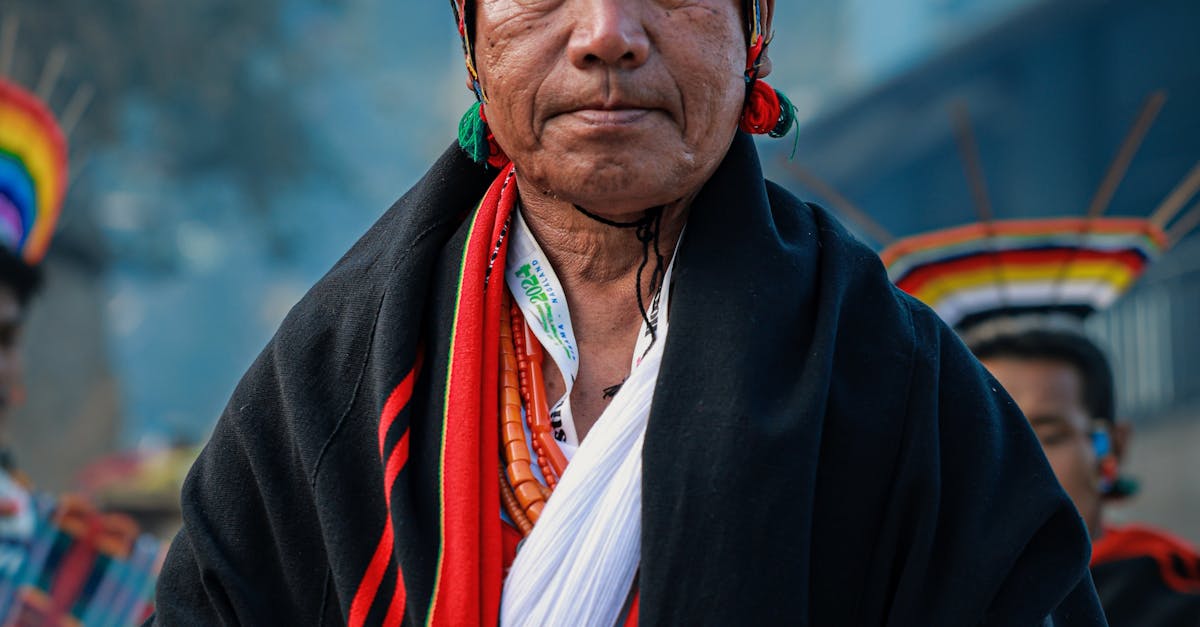


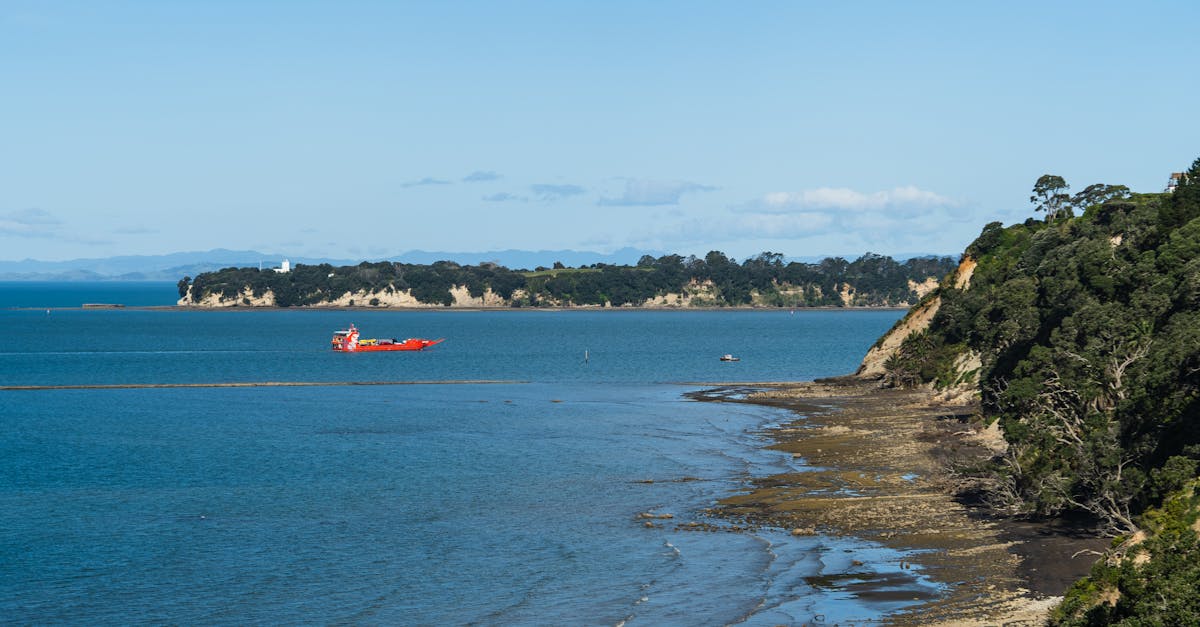
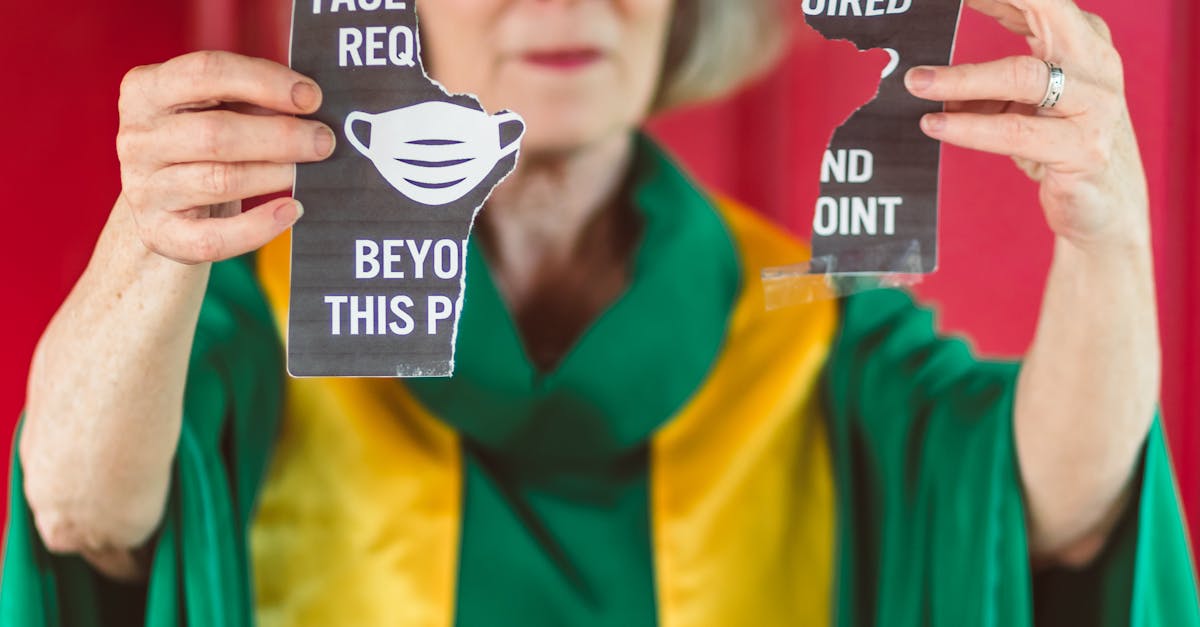


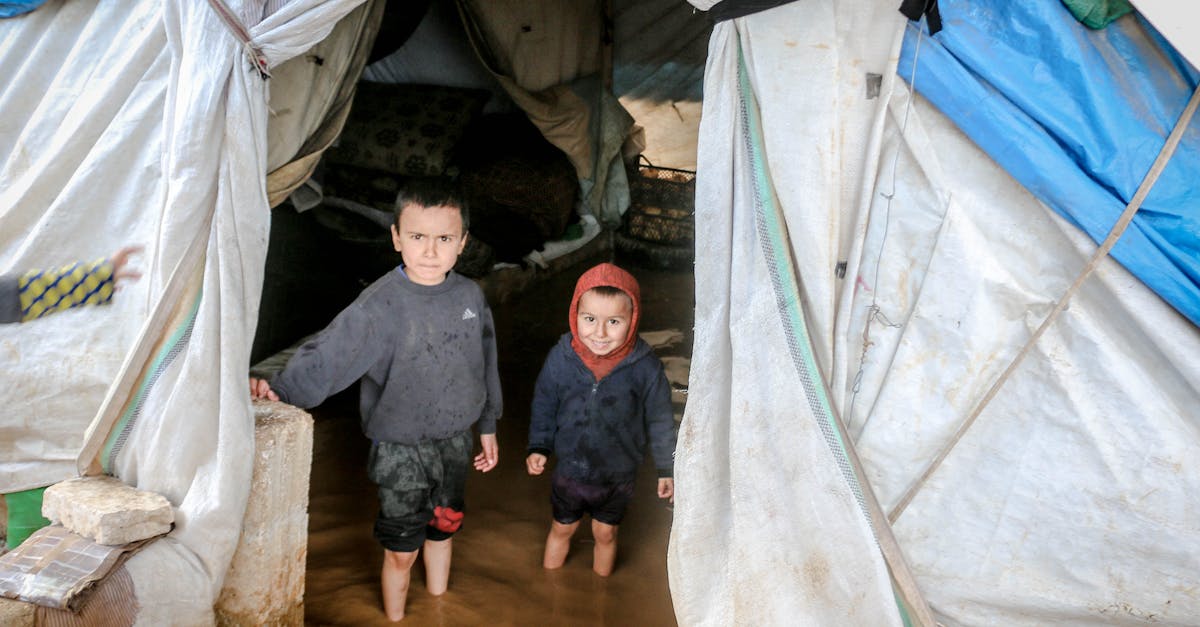


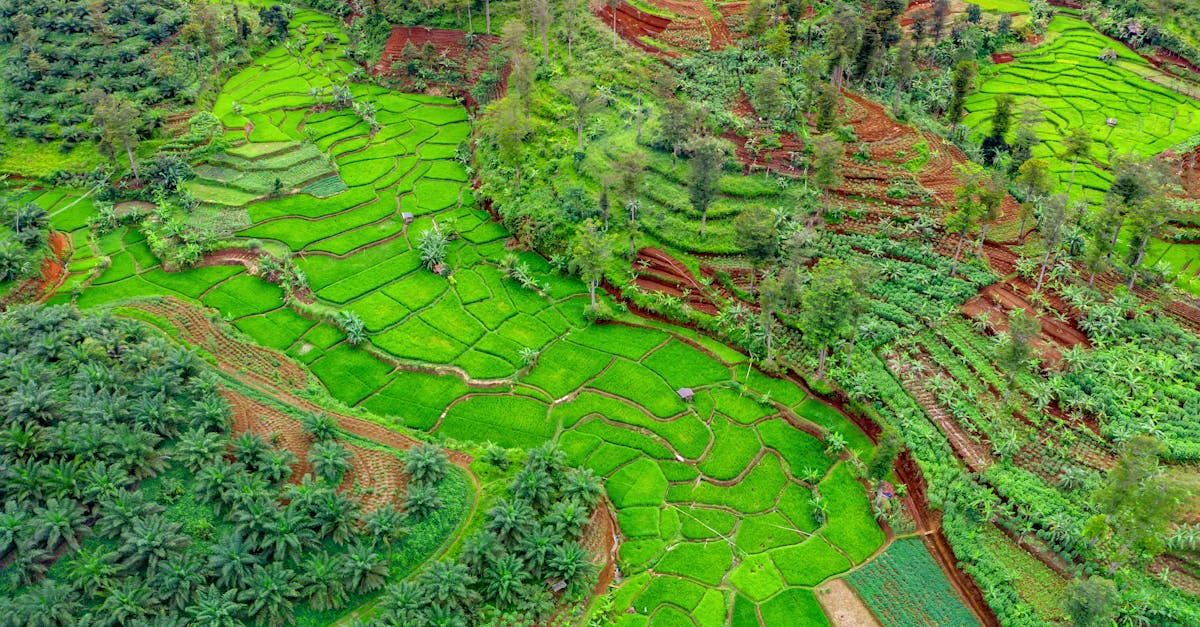
Social Media & Youth
Why in News: Growing concerns over social media’s impact on youth identity and mental health, highlighted by a young entrepreneur’s suicide due to follower loss.
Identity Formation: Social media shifts identity formation from private reflection to public performance, driven by algorithm-based self-curation, blurring the lines between authenticity and online approval.
Mental Health Concerns: Pressure for validation and curated self-presentation contribute to anxiety, depression, and distorted self-image. The system rewards performance, not vulnerability. Filter bubbles reinforce extreme views.
Ecosystem’s Role: The entire social media ecosystem, not just influencers, is responsible for promoting unrealistic ideals and punishing vulnerability.
Child Influencers: Concerns are heightened with child influencers, where parents may push content for follower count, leading to adult scrutiny and performance pressure.
Body Image Distortion: Online trends like “thigh gaps” distort body image, causing internalized shame and eating disorders.
Extreme Trends: Trends like the “Blue Whale challenge” demonstrate the dangers of pushing boundaries without addressing underlying issues.
Parental Role: Moving from surveillance to connection is crucial; parents should understand and learn the language children use online, fostering open conversations rather than imposing fears. Recognizing Finsta accounts indicates a disconnect.
Regulation & Policy: Social media platforms should modify recommendation algorithms to prioritize educational content. Ethical design standards should be enforced to prohibit amplification of harmful content. Digital literacy programs should be integrated into school curricula.